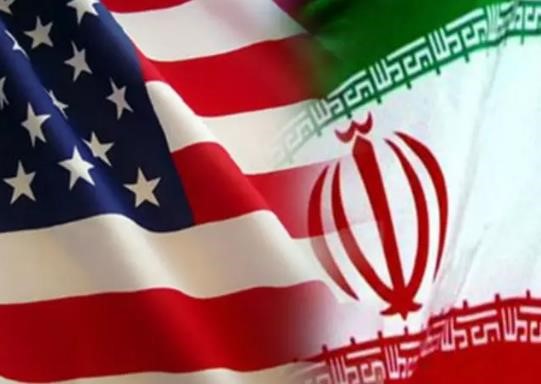The past 2020 has been eventful for Iran. At the beginning of the year, Suleimani, a senior general of the Iranian Revolutionary Guard Corps, was killed by a U.S. drone strike, and at the end of the year, an Iranian nuclear scientist Fakrizad was assassinated by an automatic machine gun.
Throughout the year, there were several diplomatic confrontations between the United States and Iran. The regional situation continued to be tense, and the future of the Iran nuclear agreement was uncertain.
Entering 2021, with the U.S. aircraft carrier Nimitz “wanting to stay”, sanctions against Iran will be imposed; foreign submarines appear in the Persian Gulf; Iran has held five consecutive military exercises in half a month; at the same time, it began to implement relevant measures to increase uranium enrichment to 20%, and announce uranium metal production plans; The United States and Iran can be said to be showing their own skills and not giving in to each other.
How will this affect the development of the regional situation? Can tension between the United States and Iran ease? What are the prospects for the Iran nuclear agreement?
Iran’s intensive military exercises show strength and deter the enemy.
At the end of December 2020, two B-52 long-range strategic bombers of the U.S. military flew to the Middle East, and the nuclear submarine Georgia and two warships crossed the Strait of Hormuz.
On January 3rd local time, the USS Nimitz, which had announced its return, suddenly said that it would continue to stay in the Persian Gulf waters to deal with the so-called “Iranian threat”.
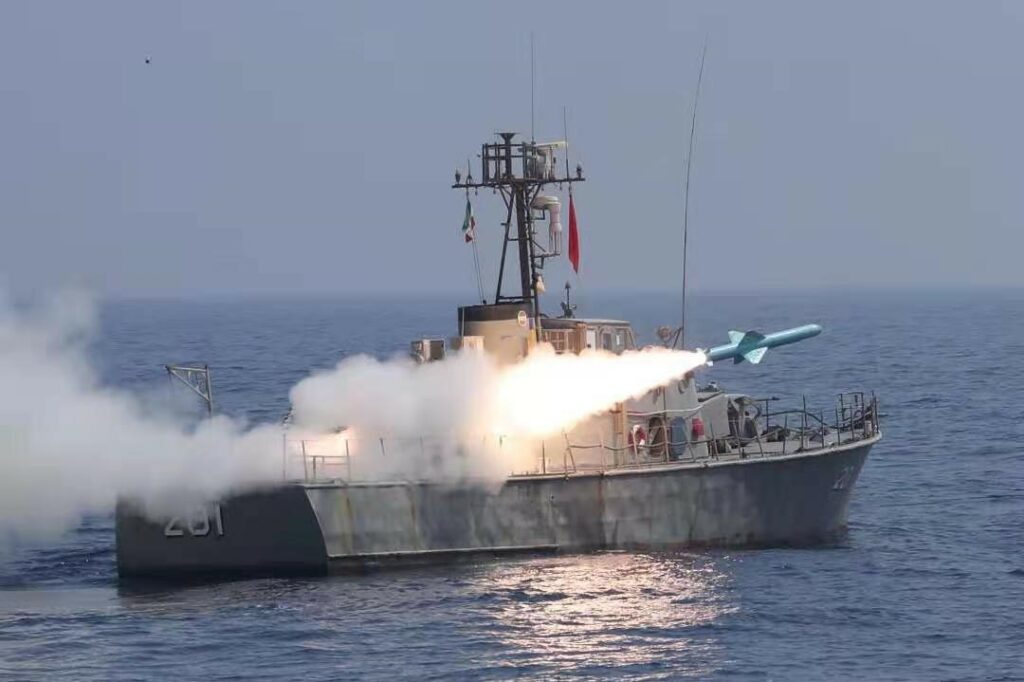
In response to the military provocations of the United States, different units of the Iranian armed forces held five military exercises from January 5 to 19.
On January 5th, local time, the Iranian army held the first large-scale drone combat exercise. It shows the intelligence reconnaissance and combat capabilities of Iranian drones in real combat situations.
On January 9, the Iranian Revolutionary Guard Corps and its paramilitary force Baski held a “Qassem Suleimani” military exercise in Persian Gulf waters, in which more than 700 ships participated in the exercise.
On January 13, during the military exercise of the Iranian navy, the logistics ship “Mokland”, known as Iran’s “largest helicopter carrier”, made its debut.
In addition, the Fatah-class submarine successfully launched torpedoes and hit the target, demonstrating Iran’s ability to accurately attack hostile ships around it.
On January 15, the Iranian Revolutionary Guards successfully launched a number of ballistic missiles in the central desert region during a “Great Prophet 15” military exercise.
According to Fox News, the missiles landed within 100 miles of the U.S. Nimitz aircraft carrier formation.
On January 19, the Iranian Army held a “Force-99” military exercise on the coast of Macram in southeastern Iran, demonstrating the ability of airborne troops and special forces to quickly seize the coast.
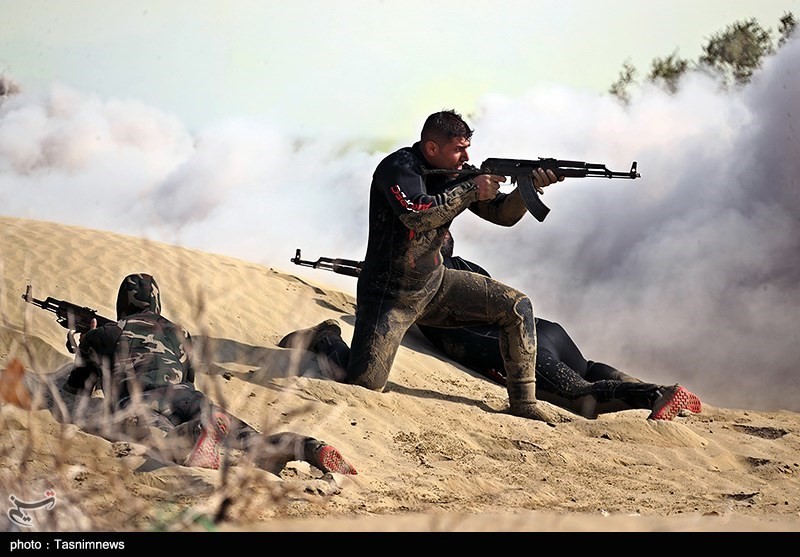
Some analysts point out that the purpose of Iran’s intensive military exercises is, on the one hand, to send a strong warning to the United States that any action of the U.S. military in the region is under the control of Iran and that the security of the Persian Gulf and the Strait of Hormuz, the “oil artery”, is “indeterredible”; on the other hand, to deter by demonstrating military strength.
Hostile countries in the region.
At the same time, take the initiative to welcome the new U.S. government with a tough attitude, and win more chips for possible negotiations with the United States later.
Iran’s missile program has no room for negotiation and does not accept the expanded “Iran Nuclear Agreement”
If the military exercise is mainly to “show off muscles”, the missile base along the Persian Gulf recently announced by the Iranian Revolutionary Guard Corps has stepped on the “nerve” of Western countries.
The United States, some European countries, Saudi Arabia, Israel and other countries in the region have always wanted to restrict Iran’s missile program.
Anthony Blincoln, the nominee of the U.S. Secretary of State, said on the 19th that regarding the Iran nuclear agreement, the ultimate goal of the new U.S. government is to include restrictions on Iran’s missile programs and its regions.
The content of the activity. However, regarding the missile program, Iran’s statement has always been clear and tough, that is, “no negotiation is accepted”.
Iranian Foreign Ministry spokesman Khati Buzad has said that Iran’s missile program is based on a national defense policy, and that Iran’s defense issue is “invulsive”.
Iranian Foreign Minister Zarif also recently said that the issues of missiles and Iran’s regional activities were not included in the Iran nuclear agreement, because Iran (at that time) accepted the conditions of maintaining the arms embargo for five years and limiting missiles (technology transfer) for eight years.
In addition, Saudi Arabia, Japan and other countries have previously expressed their desire to join the negotiations on the new version of the Iran nuclear agreement. In response, Iran has repeatedly reiterated that the Iran nuclear agreement is a landmark and does not need to be renegotiated or new members.
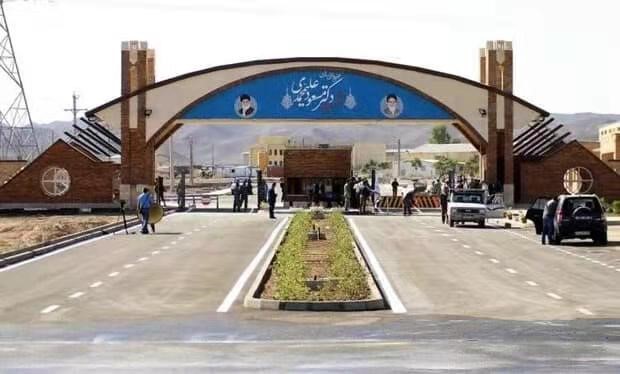
What are the prospects for the Iran nuclear agreement to increase enriched uranium abundance to 20% and produce uranium metal?
Recently, while shaping the image of a regional military power, Iran has also made new breakthroughs in developing its own nuclear technology. On January 4th, local time, Iran announced the implementation of relevant measures to increase the enrichment of uranium to 20%.
On January 14, the International Atomic Energy Agency confirmed Iran’s plan to produce uranium metal.
In response, Britain, France and Germany issued successive statements opposing Iran’s relevant actions.
On January 17, French Foreign Minister Ludrian said that Iran was acquiring the ability to develop nuclear weapons.
However, looking at Iran’s several statements, it is not difficult to find that the most frequently used word is “reversible”, that is, all Iran’s measures to reduce the implementation of Iran’s nuclear agreement commitments are reversible, provided that the United States lifts sanctions against Iran and other parties return to the Iran nuclear agreement to fulfill their commitments under the Iran nuclear agreement.
Iran has successively “strike hard” on the nuclear issue, with the ultimate goal of urging the United States and European countries to fulfill the Iran nuclear agreement and buy room for the Iran nuclear agreement to survive by reducing their commitments.
At the same time, Iran also creates a reciprocal position for its future negotiations in this way, in exchange for the United States’ “reverse of its nuclear program” for “relieving sanctions against Iran”.

Biden’s government faces multiple challenges on the road back to the Iran nuclear agreement
The Iran nuclear agreement was reached during the Obama administration of the United States, and Biden, then Vice President of the United States, also witnessed the signing of the agreement.
Therefore, during the presidential election, Biden expressed his desire to return to the Iran nuclear agreement under the condition that Iran implements the Iran nuclear agreement and resume negotiations with Iran from the Iranian nuclear agreement as a starting point.
For Iran, although the “extreme pressure” of the United States in recent years has not defeated Iran, it has also hit its domestic economy hard, and oil revenue has fallen to an all-time low.
Therefore, lifting sanctions against Iran is also Iran’s primary expectation for the new U.S. government. Although the two countries can be said to be opposite in terms of basic goals, it may be difficult to really implement them.
Iranian analysis said that Biden may easily “add back” many groups of Trump’s retreats, but the Biden administration will face many challenges to the Iran nuclear agreement.
First of all, who will take the first step? Relations between the United States and Iran have been tense for many years, and the two sides have seriously lacked mutual trust.
Iran believes that since the initiator of the withdrawal is the United States, the United States should return to the agreement first, and Iran will immediately reverse its measures.
However, before seeing Iran’s practical move, if the new U.S. government lifts sanctions and returns to the Iran nuclear agreement, it will inevitably face greater domestic pressure and pressure from regional allies. The recent repetitive statements of both sides also confirm this point.
Iran emphasizes that the United States needs to lift sanctions first, and the United States emphasizes that Iran needs to implement the agreement first. The two sides are caught in a dispute over who should implement it first.
Secondly, the United States and Iran are not giving in to each other on the issue of Iran’s missiles and regional policy.
As mentioned above, the United States and its allies hope to add Iran’s missile program and its regional activities to the Iran nuclear agreement negotiations.
However, Iran has no willingness to compromise on this issue.
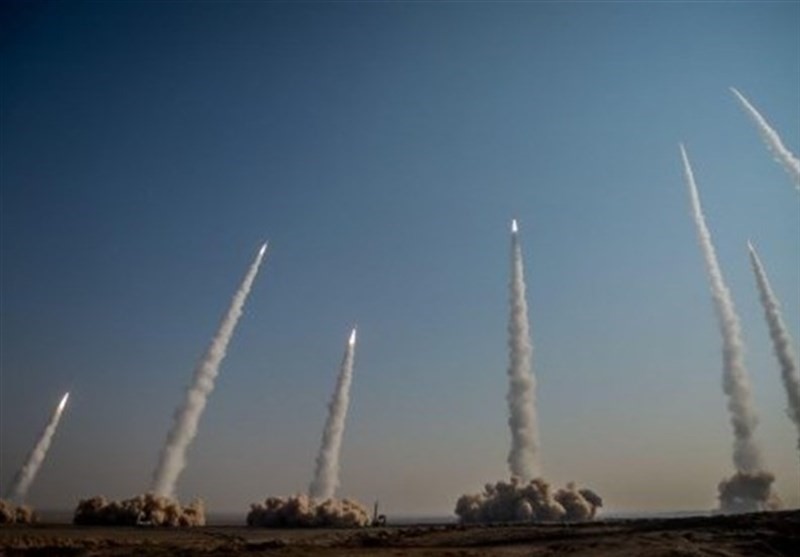
In addition, both the United States and Iran need to coordinate and resolve internal contradictions first. Iran’s analysis believes that radicals in the United States and regional allies Saudi Arabia, Israel and other countries may prevent the Biden administration from reaching an agreement with Iran in various ways.
If not, we should maximize the inclusion of our own interest concerns in the Iran nuclear agreement. In contrast, in Iran, domestic conservative forces also do not actively expect the United States to return to the Iran nuclear agreement.
They generally believe that there is no essential difference between Democrats or Republicans, Biden or Trump. In the final analysis, the change of government in the United States is “change of soup or medicine”.
Most importantly, over the past four years, Iran has withstood the “extreme pressure” from the United States and expanded its nuclear program in 2021, so now is not the time to negotiate with the United States.
The analysis also pointed out that with Biden’s inauguration, the military confrontation between the United States and Iran may usher in a relative easing, but the confrontation at the political and diplomatic levels will continue in different ways.
As Iranian Foreign Minister Zarif said recently, it is hoped that the new U.S. government can choose a better path than the previous government.
Iran has shown great strategic restraint, but the patience of the Iranian people is losing, and the window of opportunity for the United States will not open forever.
It is worth noting that conservatives occupy the majority of 290 seats in Iran’s new parliamentary election in 2020, and public opinion generally believes that this parliamentary election is the “vane” of Iran’s upcoming presidential election in June 2021.
There is no doubt that the outcome of Iran’s presidential election will directly affect the trend of the U.S.-Iran relations and the regional situation in the coming years.
The 2015 Iran nuclear agreement was signed after bridging the differences and years of negotiations between the parties concerned.
At present, after the withdrawal of the United States and the many obstacles left by the Trump administration, the Biden administration may have difficulties in returning to the Iran nuclear agreement.


